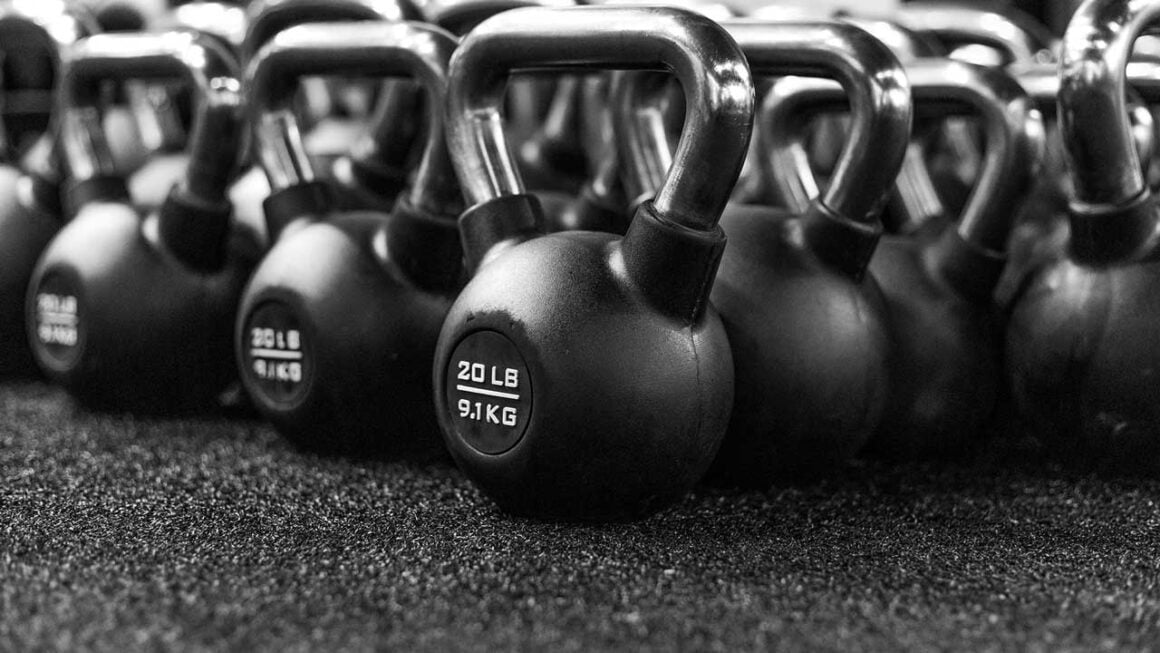Weightlifting has virtually endless benefits. It builds lean muscle mass, burns calories, strengthens your bones and forces you to concentrate on your form and breath control — but the costs of a gym membership, gear, and supplements can stack up fast. Fortunately, you don’t need to spend a ton to achieve impressive gains.
Why Lift?
Lifting will make you stronger in more ways than one. Resistance training can boost your quality of life, support healthy joints, increase muscle fiber density, and protect against injuries as you age. It also speeds your metabolism and makes everyday tasks easier — from carrying groceries to picking up your kids. Whether you’re chasing a new personal best or trying to stay in shape, lifting weights gives you lasting advantages.

Build a Simple Home Setup
You don’t need a full rack and a wall of mirrors to lift at home. A few well-chosen pieces of equipment can take you a long way. Here are a few workouts and tools that give you the most bang for your buck.
- Kettlebell swings: A single kettlebell can train your entire body with moves like controlled swings, goblet squats, presses, and rows. Look for adjustable kettlebells if space or budget is a concern.
- Body weight resistance: Push-ups, planks, pull-ups, and Bulgarian split squats are incredibly effective when you execute them with proper form. Plus, you don’t need any gear.
- Backpack lifts: Fill a sturdy backpack with books or canned goods and use it for rows, squats, lunges, and deadlifts.
- Resistance bands: Get a set of affordable, portable bands for pull-aparts, curls, shoulder wor,k or to add resistance to body weight moves.
- Stairs and chairs: You can use these for step-ups, dips, calf raises, and inclined push-ups.
Visit your local thrift store or trawl Craigslist and Facebook Marketplace pages for secondhand equipment. Patience and a little searching can save you a ton on gently used kettlebells, benches, and barbell sets.
Rethink the Gym
Gym memberships typically run anywhere from $10 to $100 a month, depending on where you go and what package you sign up for. That expense may be tough to justify with your current spending limits. But you don’t have to be in the gym to lift. Other options work just as well, if not better, depending on your style and schedule.
The cheapest, bare-bones plan might be all you need if your routine primarily revolves around free weights, a squat rack, and a bench. But if even that feels like a stretch, consider working out at home or using the equipment in a nearby park or playground to do exercises like pull-ups.
Structure Your Lifts
A well-planned routine is vital when working with limited resources. Focus on compound movements that simultaneously target multiple muscle groups — like squats, deadlifts, push-ups, rows, and presses. Three to four workouts a week are more than enough if you train wisely.
Start with full-body workouts, especially if you’re short on time or equipment. Over time, you can split your days into upper and lower or push and pull as your routine and access to equipment evolve. Keep rest periods short to save time and keep your heart rate up.
Your primary goal is progressive overload — doing a little more to keep challenging yourself. That might mean lifting heavier or increasing reps, sets, or difficulty. If you can’t add weight, slow your reps down or do unilateral work, such as single-leg or single-arm exercises, to isolate muscle groups and force you to concentrate even harder.
Track Progress Without Fancy Tech
You don’t need a smartwatch, fitness app, or subscription service to see how far you’ve come. A simple notebook, spreadsheet, or even your phone’s notes app will do the trick. Write down every workout, the weight or substitute you used, and how many reps and sets you completed. Also, note how it felt. Was it too easy, comfortable, or a struggle?
Keeping track helps you stay accountable to yourself by giving you a clear picture of what’s working and what needs to change. Over time, you’ll notice trends. Perhaps you’ve gone from barely doing five push-ups to knocking out 15 without breaking a sweat. Or, maybe that overloaded grocery bag you used to wrestle with now feels light.
Taking notes about your progress keeps you motivated on days you feel tempted to skip. Looking back and reminding yourself how much you’ve improved is a powerful incentive.
Stay Motivated Without Spending More
Enthusiasm doesn’t have to come from a personal trainer or a high-priced program. Your environment, mindset, and goals can be excellent sources. Try setting small, achievable weekly targets, like adding one more rep to each set.
If you struggle to stay committed, connect with friends or online communities who also lift on a budget. Many free Facebook groups and YouTube channels focus on affordable home workouts.
Make fitness part of your daily routine — fit it in before your morning coffee or immediately after you get home from work. The more automatic it becomes, the less willpower it will take. You can also stack it with other habits like listening to audiobooks. Don’t underestimate the power of music, either. An upbeat playlist can completely change your energy.
Strength Doesn’t Have to Cost a Lot
You don’t need to spend hundreds of dollars on memberships or equipment to get stronger. Whether you lift water jugs in your garage or use a $20 kettlebell in your living room, progress is still progress.


